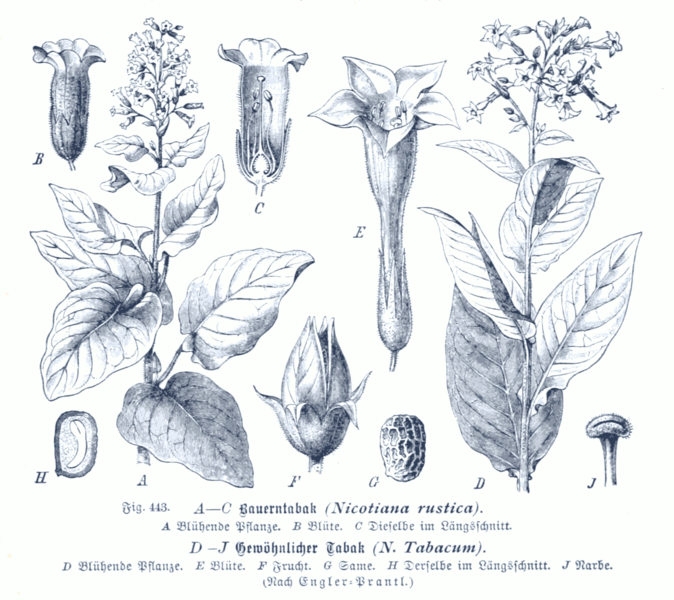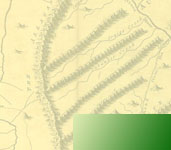 Bones and Seeds - Examining the faunal and botanical remains at Wingo's
Bones and Seeds - Examining the faunal and botanical remains at Wingo's
Overview:
The study of animal bones provides valuable information on the production of food remains and diet. The data were captured through careful excavation, and supported by reports from specialists in faunal, and botanical remains.
There are two exercises:
Your task, in both cases, is to use the data from the bones and seeds that were carefully collected at the Wingo's site and explain how this information helps us understand conditions of slavery at Wingo's.
Remember the Research Book can give you more information.
Also see the Glossary of Terms
Images used in these modules came from a number of sources:
- Seed images: Dr. John M. Marston, Boston University.
- Seed images: Maryland Archaeological Conservation Laboratory
- Seed Images: National Plant Germplasm System.
- The data came from reports by:
- Hatch, D. Brad., 2011. A Report on the Faunal Remains from Wingo's Quarter, Bedford County, Virginia.
- Trigg, Heather and Henderson, Samantha. 2012. Report on the Paleoethnobotanical Materials from Wingo's Site (44BE0298). Andrew Fiske Center for Archaeological Research University of Massachusetts Boston.
- Bone images came from the comparative zooarchaeological collections at the University of Tennessee, Department of Anthropolgy.
You can see the archaeological reports on the Bibliography page.



